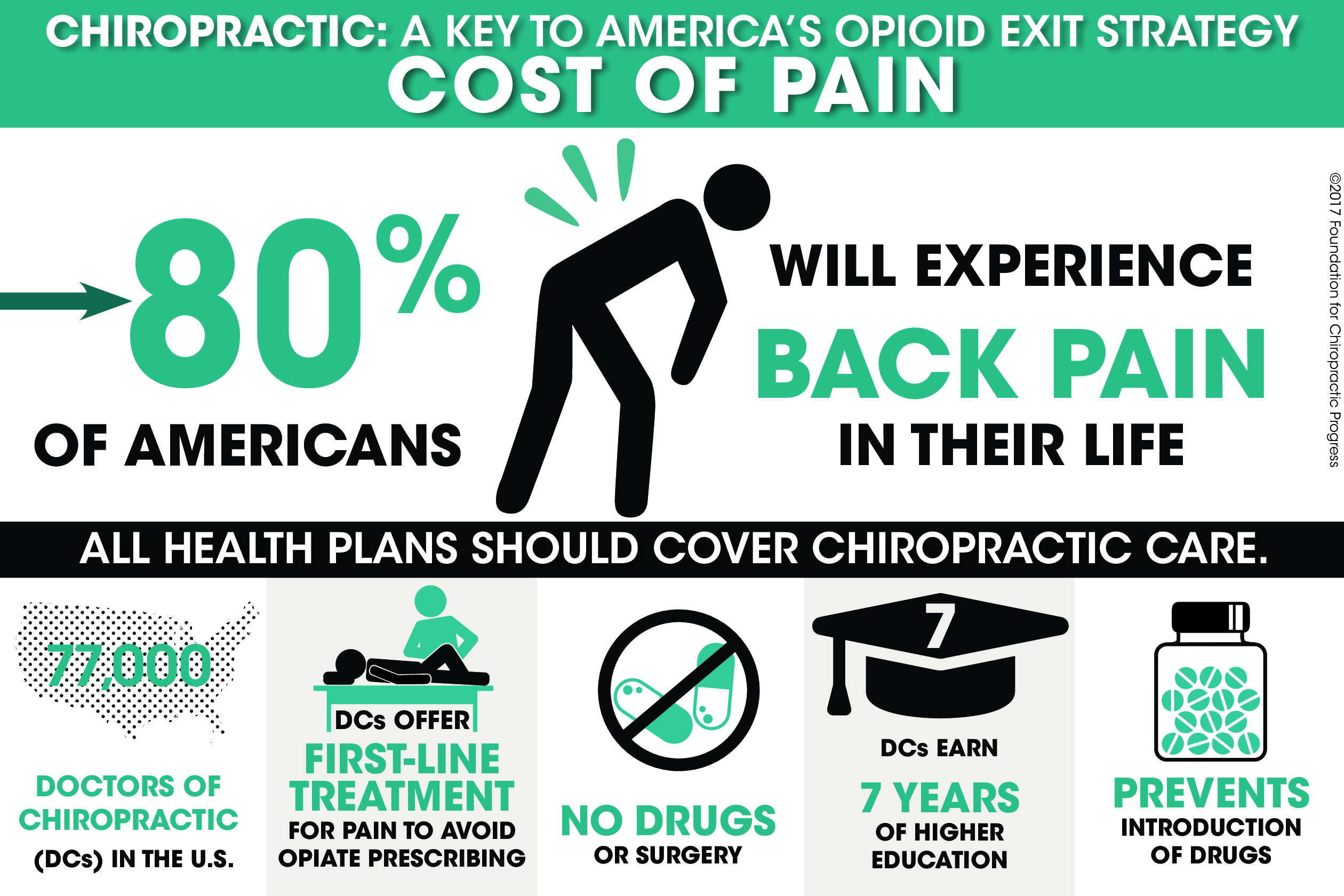What Devices Permit Cold Laser Therapy To Utilize Light For Revolutionary Recovery, And What Future Developments Can We Prepare For In Pain Management?
What Devices Permit Cold Laser Therapy To Utilize Light For Revolutionary Recovery, And What Future Developments Can We Prepare For In Pain Management?
Blog Article
Short Article Created By-Tate Lynge
When taking into consideration different treatments, cold laser treatment sticks out due to its special approach to recovery. By utilizing particular wavelengths of light, it targets cellular functions and promotes recovery in a non-invasive way. This method not just boosts ATP production however additionally help in reducing inflammation and pain. As study remains to unravel, the ramifications for recovery and pain monitoring could be significant. What does this mean for future treatment options?
The Mechanisms of Cold Laser Treatment
Cold laser therapy, likewise referred to as low-level laser treatment (LLLT), functions by boosting cellular function via the application of certain wavelengths of light.
When the laser light permeates your skin, it connects with the mitochondria in your cells, increasing ATP production. https://www.practicalpainmanagement.com/treatments/interventional/treating-amplified-musculoskeletal-pain-syndrome-photobiomodulation in ATP stimulates your cells, advertising recovery and regrowth.
https://back-pain58135.kylieblog.com/34901370/wish-to-know-how-cold-laser-therapy-can-reshape-your-method-to-dealing-with-persistent-discomfort-unlock-the-potential-of-this-cutting-edge-treatment-below , enhancing their leaks in the structure and assisting in nutrient absorption while eliminating toxins. In addition, cold laser treatment triggers the release of endorphins and lowers inflammation, assisting your body respond better to injury.
You'll experience enhanced blood flow as the treatment boosts capillary growth, making sure that oxygen and nutrients get to broken cells more efficiently.
Understanding these mechanisms can aid you appreciate its potential in promoting recuperation.
Prospective Benefits of Cold Laser Therapy
When taking into consideration alternatives for discomfort alleviation and recovery, you could locate cold laser treatment to be an attractive option. does stress age you faster -invasive method can help reduce swelling, relieve pain, and promote tissue repair service.
Many people report quicker recuperation times from injuries and surgical procedures after going through cold laser treatment. weight loss therapist connecticut 's specifically valuable for problems like joint inflammation, tendonitis, and muscle pressures.
You might also value that it has marginal negative effects contrasted to pharmaceuticals. Additionally, cold laser therapy can enhance flow, which assists in providing nutrients and oxygen to damaged areas.
Current Study and Clinical Applications
As passion in cold laser therapy expands, researchers are exploring its numerous applications and effectiveness in professional settings. You'll discover research studies examining its duty hurting monitoring, injury healing, and reducing swelling.
In physical therapy, specialists make use of cold laser therapy to boost recuperation in sports injuries, while dental practitioners are discovering it useful for dealing with oral discomfort and periodontal problems. Continuous trials are examining its potential in dealing with conditions like arthritis and neuropathy.
These studies intend to establish standardized methods and does, making certain safety and efficacy. As even more evidence emerges, you might see cold laser treatment becoming a staple in both rehab and discomfort management, offering patients a non-invasive alternative that matches conventional treatments.
Conclusion
To conclude, cold laser treatment supplies an encouraging method to healing by harnessing specific wavelengths of light to increase mobile functions and promote recuperation. With advantages like boosted blood circulation, minimized inflammation, and pain relief, it's ending up being a beneficial option for different conditions. As research remains to establish standard protocols, you can anticipate higher approval of this non-invasive therapy in rehabilitation methods and discomfort management techniques, making it a potential game-changer for lots of patients.
